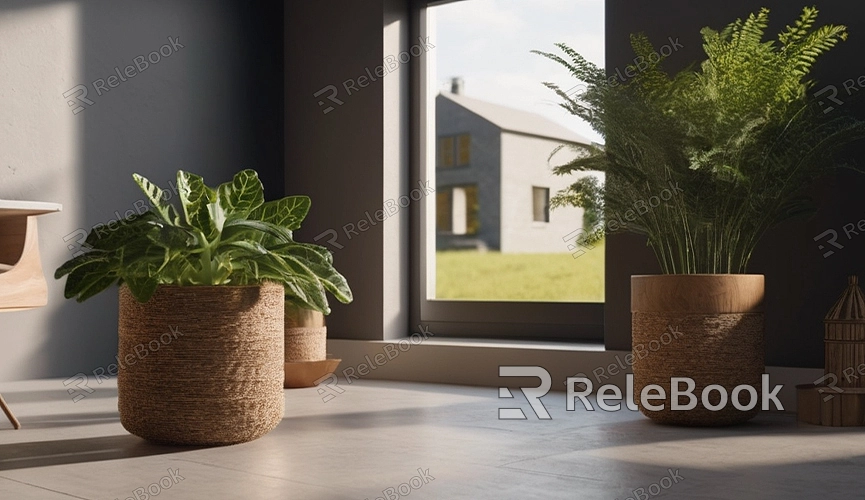C4D how to convert jpg to 3d model
In the realm of 3D modeling and design, converting 2D images like JPGs into 3D models is an incredibly useful skill. Cinema 4D (C4D), as a powerful 3D software, offers various tools and methods to achieve this goal. Whether you're a beginner or an experienced 3D artist, this article will guide you through the detailed steps on how to convert a JPG image into a 3D model in C4D.
Preparation
Before you begin, ensure you have the following tools and resources ready:
1. Cinema 4D: Make sure you have the latest version of C4D installed.
2. JPG Image: Choose a clear and detailed JPG image to use as the basis for your conversion.

Importing the JPG Image
1. Open C4D: Launch Cinema 4D and create a new project.
2. Import the Image: From the top menu in C4D, go to "File" -> "Open", locate your JPG file, and import it. Alternatively, you can drag the image directly into the C4D interface.
Creating Materials
1. Create a New Material: In C4D's Material Editor, click on the "Create" button to generate a new material.
2. Add Texture: Double-click on the newly created material to open the "Material Properties" window. Under the "Color" tab, click on the "..." button next to "Texture" and select the imported JPG image.
3. Apply the Material: Drag the material onto a plane object in C4D. This will display your image in the C4D viewport.
Creating the Base Mesh
1. Add a Plane Object: From the "Objects" menu in C4D, select "Objects" -> "Plane". Adjust the plane's size to match the proportions of the image.
2. Apply the Image Material: Apply the previously created material to the plane object to display the image on the plane.
Converting to a 3D Model
1. Enter Polygon Mode: Select the plane object, right-click, and choose "Make Editable" or press the shortcut key "C".
2. Use the Knife Tool: In Polygon mode, use the "Knife Tool" to cut along the contours of the image. You can use "Path Cut" mode to create new polygons along the edges of the image.
3. Extrude Polygons: Select the cut polygons and use the "Extrude" tool (shortcut key "D") to extrude these sections into 3D shapes. Adjust the extrusion height and details as needed.
Adding Detail and Refinement
1. Refine the Model: Use various modeling tools in C4D such as "Subdivision Surface" and "Bevel" to further refine and detail your 3D model.
2. Apply Lighting and Materials: Add appropriate lighting and materials to the model to enhance realism and vividness.
Rendering and Exporting
1. Set up Camera and Lighting: Add cameras and light sources to the scene, adjusting their positions and angles to showcase the model's best features.
2. Rendering Settings: In C4D's "Render Settings", select appropriate resolutions and rendering options. Preview the render by clicking on "Render View".
3. Export the Model: If you need to export the 3D model for use in other software, go to "File" -> "Export" and choose a suitable format like OBJ or FBX for saving.
Accessing High-Quality Resources
For creating models and virtual scenes, access to high-quality 3D textures, HDRI, and 3D model downloads can be essential. You can download these resources from Relebook and directly import textures and 3D models into your project, significantly enhancing the quality and rendering effects of your work.
By following these steps, you can easily convert a JPG image into a 3D model in Cinema 4D. This process not only enhances your 3D modeling skills but also opens up new possibilities for your design and creative projects.

